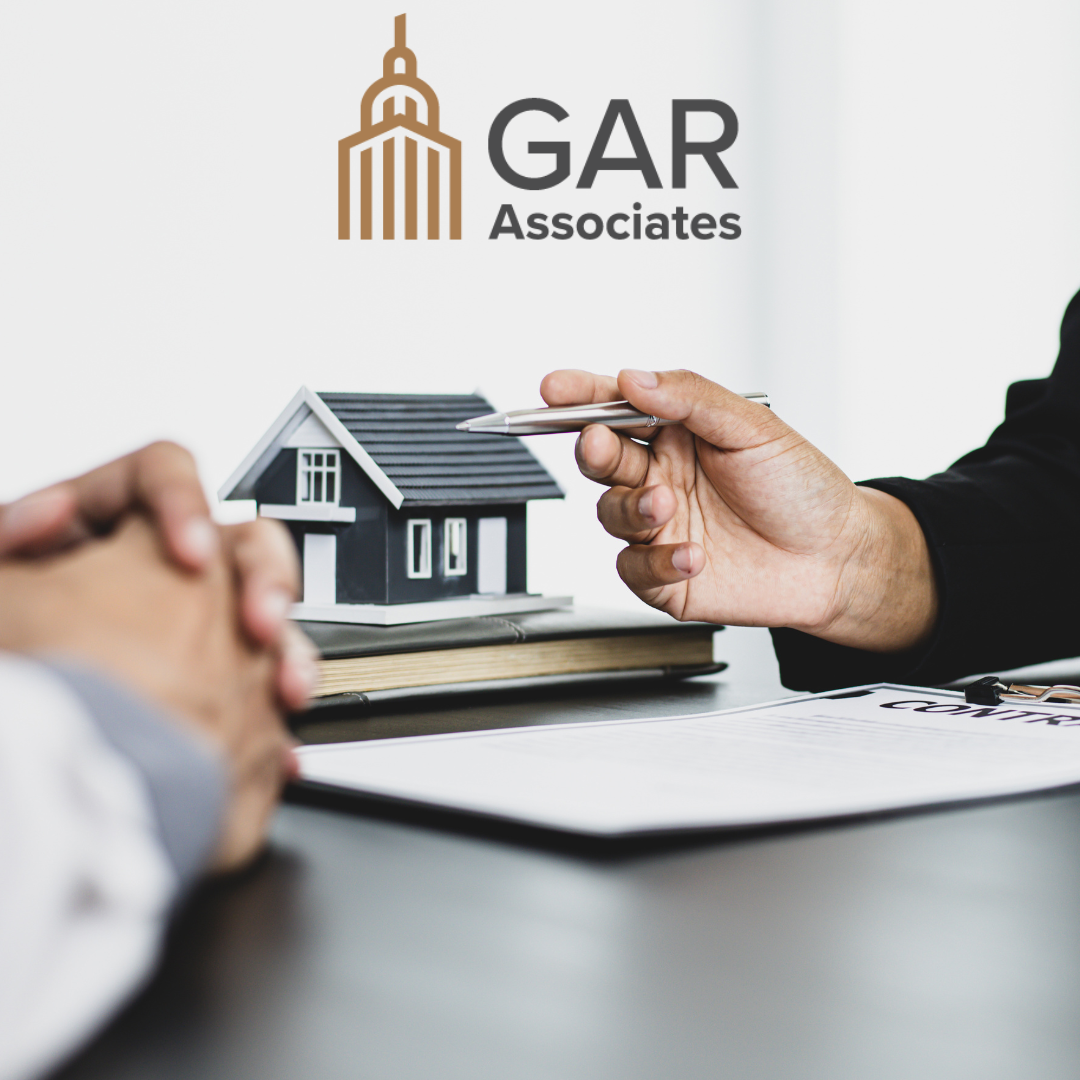Some states have laws mandating reassessment on a routine basis, either annually or cyclically (3-5 years).
New York State does not have a law in place for routine reassessments. However, the NYS Office of Real Property Tax Services recommends routine reassessment (3-5 years) to ensure fair distribution of the tax burdens.
Routine reassessments ensure property assessments are maintained to reflect current market conditions. Real estate value fluctuations are normal and typical. Also, some properties increase faster than others. Buyers and sellers create markets. Some conditions that affect market values can be supply/inventory (number of properties on the market), interest rates, ranking of school districts, commute times, walkability, population, building styles, community amenities, etc.
Some property exemptions are adjusted based on the community’s level of assessment. 100% market value assessments mean these types of property exemptions are maintained at 100% of the exemption value. The level of assessment can change annually based on market changes and statistical analysis. Therefore, there can be changes in the levels of property exemptions. This becomes very confusing for property owners, especially if they have these types of exemptions.
Certain properties can experience a decrease in value and routine reassessments ensure these conditions are captured so property owners are not paying too much in taxes.
Property assessment challenges can be easier to defend when assessments are kept at current market levels. Supporting documentation is typically readily available when routine reassessment projects are conducted.
Tax rates are adjusted based on the total value of the assessments. As the equalization rate changes, the tax rates can be adjusted, even if there is no change in the tax levy. After a reassessment if budgets/levies remain level, tax rates should go down.
Updating property assessments on a regular basis avoids large changes to assessments which can be challenging for property owners to absorb. Small incremental changes are much more palatable.
In my opinion, annual reassessment is the most easily understandable and maintains consistency. However, at a minimum a municipality should wait no longer than five years between reassessment updates. Once a community gets on a routine schedule, the process becomes easier for property owner to accept.
By GAR Member Cindy Baire





